Home>Technology>Smart Home Devices>How To Bypass Low Ink On A Canon Printer
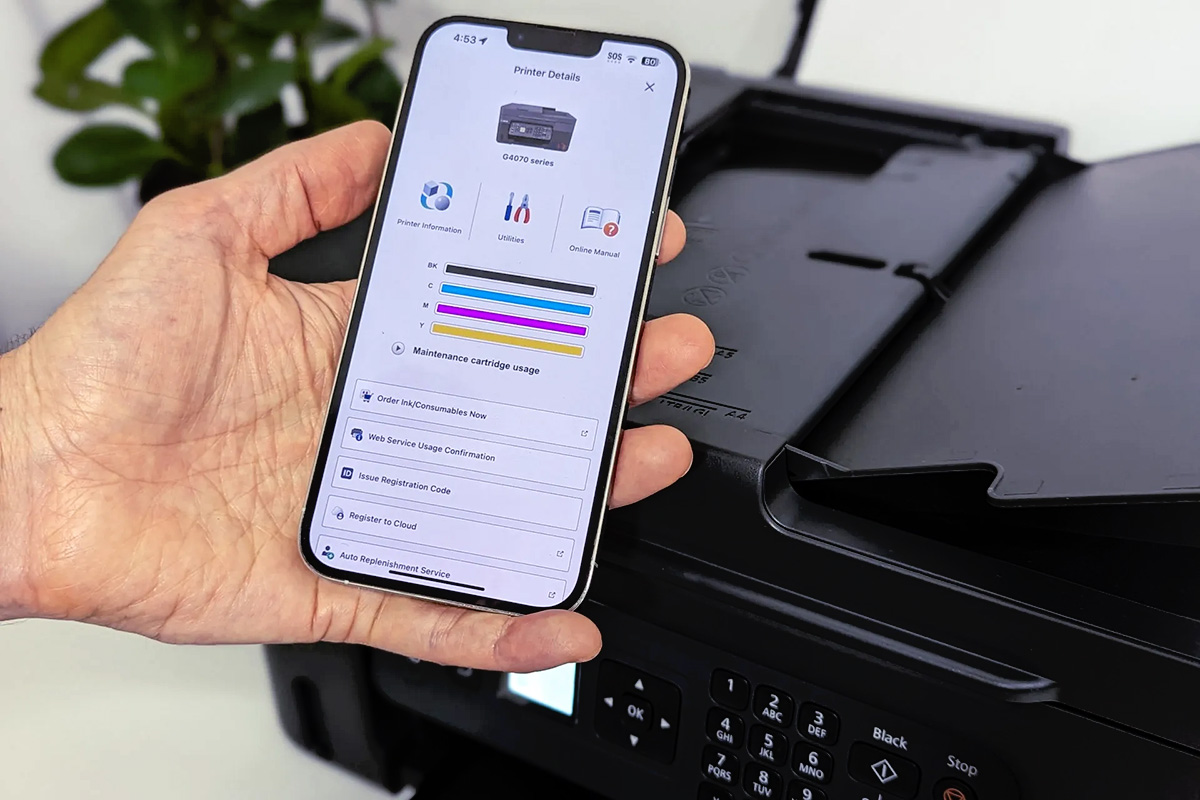

Smart Home Devices
How To Bypass Low Ink On A Canon Printer
Modified: October 28, 2024
Learn how to bypass low ink on a Canon printer and keep your smart home devices running smoothly with these simple tips and tricks. Never be caught off guard by low ink again!
(Many of the links in this article redirect to a specific reviewed product. Your purchase of these products through affiliate links helps to generate commission for Storables.com, at no extra cost. Learn more)
Introduction
In the realm of modern printing technology, Canon stands as a prominent brand, renowned for its high-quality printers that seamlessly blend innovation with functionality. However, like many other printers, Canon devices utilize ink cartridges that are equipped with sensors to detect ink levels. When the ink level drops below a certain threshold, a low ink warning is triggered, prompting users to replace the cartridge. While this may seem like a straightforward and beneficial feature, it can also be a source of frustration for individuals seeking to maximize their ink usage and minimize costs.
Understanding the intricacies of low ink warnings and discovering methods to bypass them can be invaluable for Canon printer users. By delving into the underlying mechanisms of these warnings and exploring practical solutions, individuals can gain a deeper understanding of their printing devices and optimize their printing experience. This article aims to unravel the complexities of low ink warnings on Canon printers and provide insightful strategies to bypass these alerts effectively.
Join us on a journey through the world of Canon printer ink management, where we will explore the inner workings of low ink warnings and unveil various methods to bypass them. Whether you are a seasoned Canon printer user or a newcomer to the realm of printing technology, this guide will equip you with the knowledge and techniques needed to navigate the realm of low ink warnings with confidence and proficiency. Let's embark on this enlightening exploration and unlock the secrets to bypassing low ink warnings on Canon printers.
Key Takeaways:
- Takeaway 1:
Don’t let low ink warnings stop you! You can bypass them on your Canon printer by resetting the ink cartridge, using refillable cartridges, or employing a chip resetter. Take control of your printing experience and save money! - Takeaway 2:
Low ink warnings on Canon printers can be frustrating, but you have options. With refillable cartridges and chip resetters, you can keep printing without constantly replacing cartridges. Stay savvy and maximize your ink usage!
Read more: How To Bypass Ink Cartridge On HP Printer
Understanding Low Ink Warnings
Low ink warnings serve as a crucial component of the printing process, alerting users when the ink levels in their cartridges are approaching depletion. In Canon printers, these warnings are typically triggered by specialized sensors within the ink cartridges that monitor ink consumption. When the ink level falls below a predefined threshold, the sensor communicates with the printer, prompting the display of a low ink warning message. While this mechanism is designed to ensure consistent print quality and prevent the depletion of ink during critical printing tasks, it can also lead to premature warnings and unnecessary interruptions in the printing process.
It is important to recognize that low ink warnings are not always indicative of an immediate need for cartridge replacement. In some instances, the warnings may be triggered when a significant amount of usable ink remains within the cartridge, leading to premature alerts that prompt users to replace the cartridge prematurely. This phenomenon can be particularly frustrating for individuals seeking to maximize their ink usage and minimize operational costs.
Furthermore, low ink warnings can vary in their accuracy and consistency across different printer models and cartridge types. While some warnings may accurately reflect the imminent depletion of ink, others may be prone to triggering prematurely or failing to provide timely alerts. This variability underscores the importance of understanding the specific characteristics of low ink warnings associated with Canon printers and devising effective strategies to bypass or mitigate their impact.
By gaining a comprehensive understanding of the factors influencing low ink warnings, users can make informed decisions regarding their printing practices and explore alternative approaches to managing ink levels effectively. In the subsequent sections, we will delve into practical methods to bypass low ink warnings on Canon printers, empowering users to optimize their printing experience and maintain control over their ink usage.
Methods to Bypass Low Ink Warnings
When faced with low ink warnings on a Canon printer, users have several methods at their disposal to bypass these alerts and continue printing without replacing the cartridges prematurely. These methods range from manual resets to the use of specialized tools and alternative cartridges, offering individuals the flexibility to choose an approach that aligns with their preferences and technical proficiency. Let’s explore these methods in detail to uncover effective strategies for bypassing low ink warnings on Canon printers.
- Option 1: Resetting the Ink Cartridge
One of the primary methods to bypass low ink warnings involves resetting the ink cartridge to override the sensor’s alert. This process typically requires accessing the printer’s maintenance or settings menu to initiate a manual reset, allowing the printer to recognize the remaining ink level in the cartridge accurately. While the specific steps for resetting the ink cartridge may vary based on the Canon printer model, this method can effectively bypass low ink warnings and enable continued printing without replacing the cartridge.
- Option 2: Using a Refillable Cartridge
Utilizing refillable cartridges presents another viable approach to bypassing low ink warnings. Refillable cartridges are designed to be refilled with ink once they are depleted, offering a cost-effective and environmentally friendly alternative to traditional single-use cartridges. By employing refillable cartridges, users can bypass low ink warnings by simply refilling the cartridges with ink when needed, eliminating the need to replace the entire cartridge and circumventing the associated warnings.
- Option 3: Using a Chip Resetter
A chip resetter is a specialized tool designed to reset the ink level monitoring chips on compatible cartridges, effectively bypassing low ink warnings and allowing users to continue printing without interruptions. By utilizing a chip resetter, individuals can reset the ink level information stored on the cartridge’s chip, tricking the printer into recognizing the cartridge as having a higher ink level than indicated by the original sensor. This method provides a convenient and efficient way to bypass low ink warnings and maximize the use of existing cartridges.
By leveraging these methods, Canon printer users can navigate the challenges posed by low ink warnings and maintain seamless printing operations without being unduly constrained by premature alerts. Each approach offers unique advantages and considerations, empowering users to tailor their ink management strategies to suit their specific printing needs and preferences. As we delve further into the intricacies of each method, readers will gain valuable insights into the practical implementation of these bypass techniques, fostering a deeper understanding of ink management in the context of Canon printers.
Option 1: Resetting the Ink Cartridge
Resetting the ink cartridge presents a viable method for bypassing low ink warnings on Canon printers, offering users the ability to override the sensor-triggered alerts and continue printing without replacing the cartridge prematurely. This process involves manually resetting the ink cartridge to recalibrate the ink level detection mechanism, enabling the printer to accurately assess the remaining ink and avert unnecessary warnings. While the specific steps for resetting the ink cartridge may vary based on the Canon printer model, the fundamental principles of this method remain consistent across different devices.
To initiate the ink cartridge reset, users typically access the printer’s maintenance or settings menu to navigate to the ink cartridge management section. Within this menu, there may be an option to reset the ink cartridge, allowing users to manually intervene and reset the ink level detection system. By selecting the appropriate reset option, users can prompt the printer to reevaluate the ink levels, effectively bypassing the low ink warning and resuming printing operations without replacing the cartridge.
It is important to consult the printer’s user manual or online resources specific to the Canon printer model in use to obtain detailed instructions for executing the ink cartridge reset. Additionally, some printers may require the use of specialized key combinations or sequences to access the maintenance menu and initiate the reset process. Familiarizing oneself with the printer’s interface and available reset options is essential for successfully implementing this bypass method.
While resetting the ink cartridge offers a straightforward and accessible approach to bypassing low ink warnings, users should exercise caution and ensure that the reset process is performed accurately to avoid unintended consequences. Improper execution of the reset procedure may lead to inaccurate ink level readings or other operational issues, necessitating additional troubleshooting and maintenance. Therefore, users should approach the ink cartridge reset method with attentiveness and diligence to achieve the desired outcome.
By mastering the art of resetting ink cartridges, Canon printer users can confidently navigate low ink warnings and harness the full potential of their cartridges without succumbing to premature replacement demands. This method empowers individuals to take control of their ink management and optimize their printing experience, fostering efficiency and cost-effectiveness in the realm of printing technology.
You can bypass low ink on a Canon printer by pressing and holding the Stop/Reset button for 5 seconds. This will allow you to continue printing even with low ink.
Option 2: Using a Refillable Cartridge
Employing refillable cartridges presents a practical and sustainable method for bypassing low ink warnings on Canon printers, offering users an alternative approach to managing ink levels and circumventing premature alerts. Refillable cartridges are designed to be refilled with ink once they are depleted, providing a cost-effective and environmentally friendly solution that aligns with the principles of resource conservation and financial prudence.
When faced with low ink warnings, individuals utilizing refillable cartridges can simply refill the cartridges with ink, effectively resetting the ink level and negating the need to replace the entire cartridge. This process allows users to bypass low ink warnings without compromising the quality of their prints or incurring the expense of frequent cartridge replacements. Additionally, refillable cartridges contribute to the reduction of plastic waste associated with conventional single-use cartridges, embodying a sustainable approach to ink management.
Utilizing refillable cartridges entails a straightforward and user-friendly process, making it accessible to a wide range of Canon printer users. By investing in refillable cartridges and a compatible ink refill kit, individuals can seamlessly replenish their cartridges when needed, ensuring uninterrupted printing operations and mitigating the impact of low ink warnings on their workflow. Furthermore, the cost savings associated with refillable cartridges make them an attractive option for budget-conscious users seeking to optimize their printing expenses.
It is important to select refillable cartridges that are compatible with the specific Canon printer model in use, as compatibility ensures optimal performance and seamless integration with the printer’s ink management system. Additionally, users should follow manufacturer guidelines and best practices when refilling the cartridges to maintain print quality and prolong the longevity of the cartridges.
By embracing the versatility and sustainability of refillable cartridges, Canon printer users can transcend the limitations imposed by low ink warnings and embrace a proactive approach to ink management. This method empowers individuals to exercise greater control over their printing processes, fostering a harmonious balance between cost efficiency, environmental responsibility, and printing convenience.
Read more: How To Change Ink On Canon Printer
Option 3: Using a Chip Resetter
Introducing a chip resetter into the ink management arsenal offers Canon printer users a sophisticated and efficient method for bypassing low ink warnings, enabling them to reset the ink level monitoring chips on compatible cartridges and continue printing without being encumbered by premature alerts. A chip resetter serves as a specialized tool designed to reset the ink level information stored on the cartridge’s chip, effectively recalibrating the printer’s perception of the remaining ink and circumventing the triggering of low ink warnings.
The utilization of a chip resetter provides a seamless and non-intrusive solution to address low ink warnings, allowing users to maintain uninterrupted printing operations and maximize the utilization of their existing cartridges. By resetting the ink level information on the cartridge’s chip, the chip resetter effectively communicates a revised ink level to the printer, preventing the premature display of low ink warnings and ensuring a continuous printing experience.
When employing a chip resetter, users should ensure that the tool is compatible with the specific cartridge model and printer configuration to achieve optimal results. Additionally, familiarizing oneself with the proper usage and application of the chip resetter is essential to execute the reset process accurately and effectively. By adhering to manufacturer guidelines and best practices, individuals can leverage the capabilities of the chip resetter to bypass low ink warnings with confidence and precision.
It is important to note that the use of a chip resetter may require a degree of technical proficiency and attentiveness to ensure successful ink level recalibration. However, the benefits of utilizing a chip resetter, including extended cartridge lifespan and minimized disruptions due to low ink warnings, make it a compelling option for individuals seeking to streamline their printing experience and optimize ink management.
By integrating a chip resetter into their ink management toolkit, Canon printer users can transcend the constraints imposed by low ink warnings and embrace a proactive approach to maintaining ink levels. This method empowers individuals to exercise greater autonomy over their printing operations, fostering efficiency, cost-effectiveness, and uninterrupted productivity in the realm of printing technology.
Conclusion
As we conclude our exploration of bypassing low ink warnings on Canon printers, it becomes evident that understanding the intricacies of ink management and leveraging practical methods are essential for optimizing the printing experience. Low ink warnings, while intended to facilitate timely cartridge replacements and maintain print quality, can pose challenges for users seeking to maximize ink usage and minimize operational costs. Through our journey, we have uncovered insightful methods to bypass low ink warnings, empowering Canon printer users to navigate these alerts with confidence and proficiency.
From the manual reset of ink cartridges to the utilization of refillable cartridges and the integration of chip resetters, individuals have a diverse array of options at their disposal to bypass low ink warnings and maintain uninterrupted printing operations. Each method offers unique advantages and considerations, allowing users to tailor their ink management strategies to align with their specific needs and preferences. By embracing these methods, individuals can transcend the limitations imposed by low ink warnings and foster a harmonious balance between cost efficiency, environmental responsibility, and printing convenience.
Furthermore, the integration of these bypass methods underscores the adaptability and resourcefulness of Canon printer users, showcasing their ability to navigate technological challenges and optimize their printing experience. By harnessing the power of innovation and practical solutions, individuals can elevate their printing capabilities and achieve greater control over their ink management practices.
As we look to the future, it is essential for Canon printer users to stay informed about emerging technologies and advancements in ink management, ensuring that they are equipped with the knowledge and tools needed to navigate the evolving landscape of printing technology. By remaining proactive and adaptable, individuals can continue to harness the full potential of their Canon printers while overcoming potential obstacles such as low ink warnings.
In essence, the journey to bypass low ink warnings on Canon printers serves as a testament to the ingenuity and resilience of individuals seeking to optimize their printing experience. With a deeper understanding of ink management and practical methods at their disposal, Canon printer users are poised to embark on a seamless and efficient printing journey, free from the constraints of premature cartridge replacements and unnecessary interruptions. Let us embrace the spirit of innovation and resourcefulness as we chart a course towards a more empowered and sustainable approach to ink management in the realm of Canon printers.
Frequently Asked Questions about How To Bypass Low Ink On A Canon Printer
Was this page helpful?
At Storables.com, we guarantee accurate and reliable information. Our content, validated by Expert Board Contributors, is crafted following stringent Editorial Policies. We're committed to providing you with well-researched, expert-backed insights for all your informational needs.
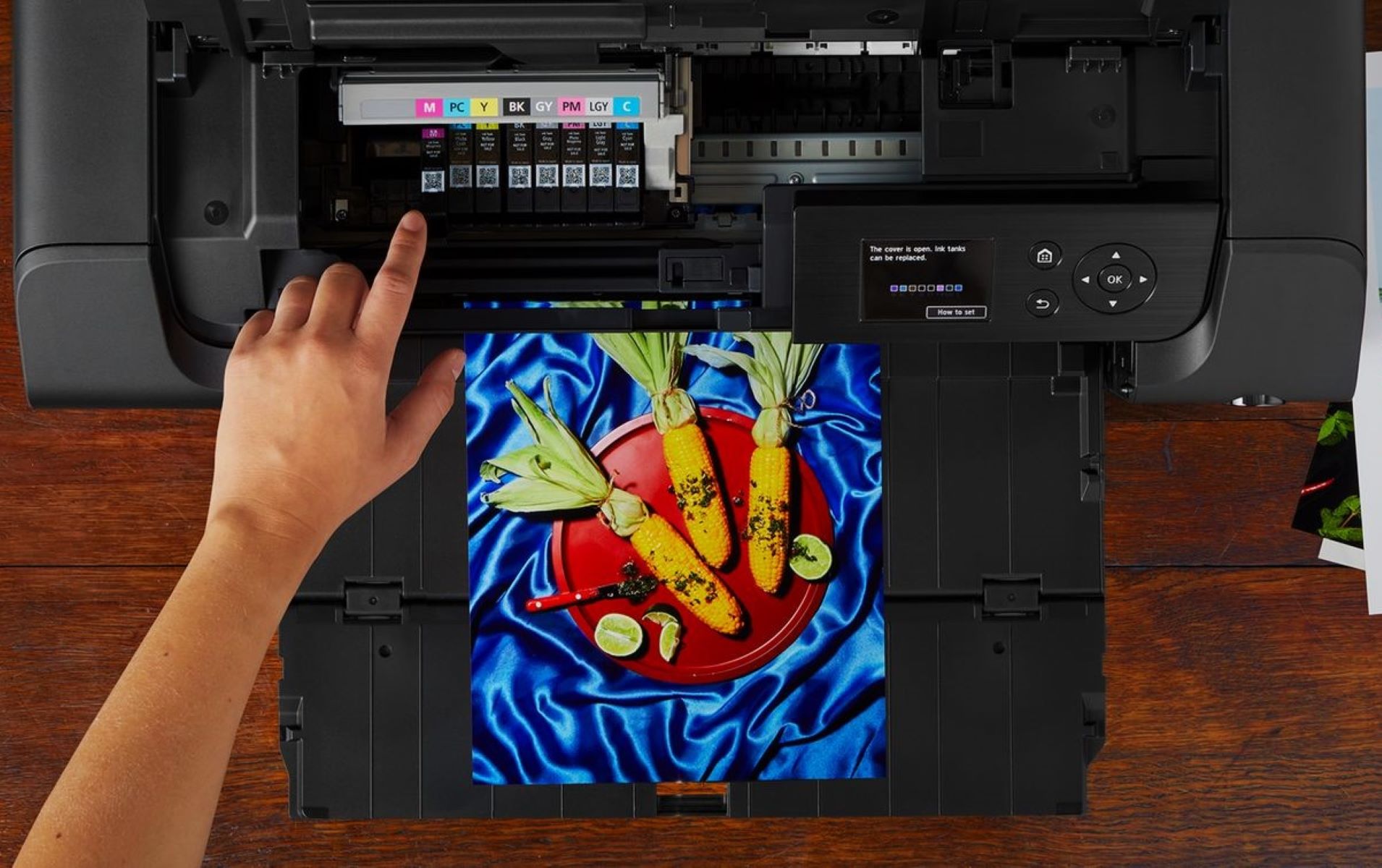

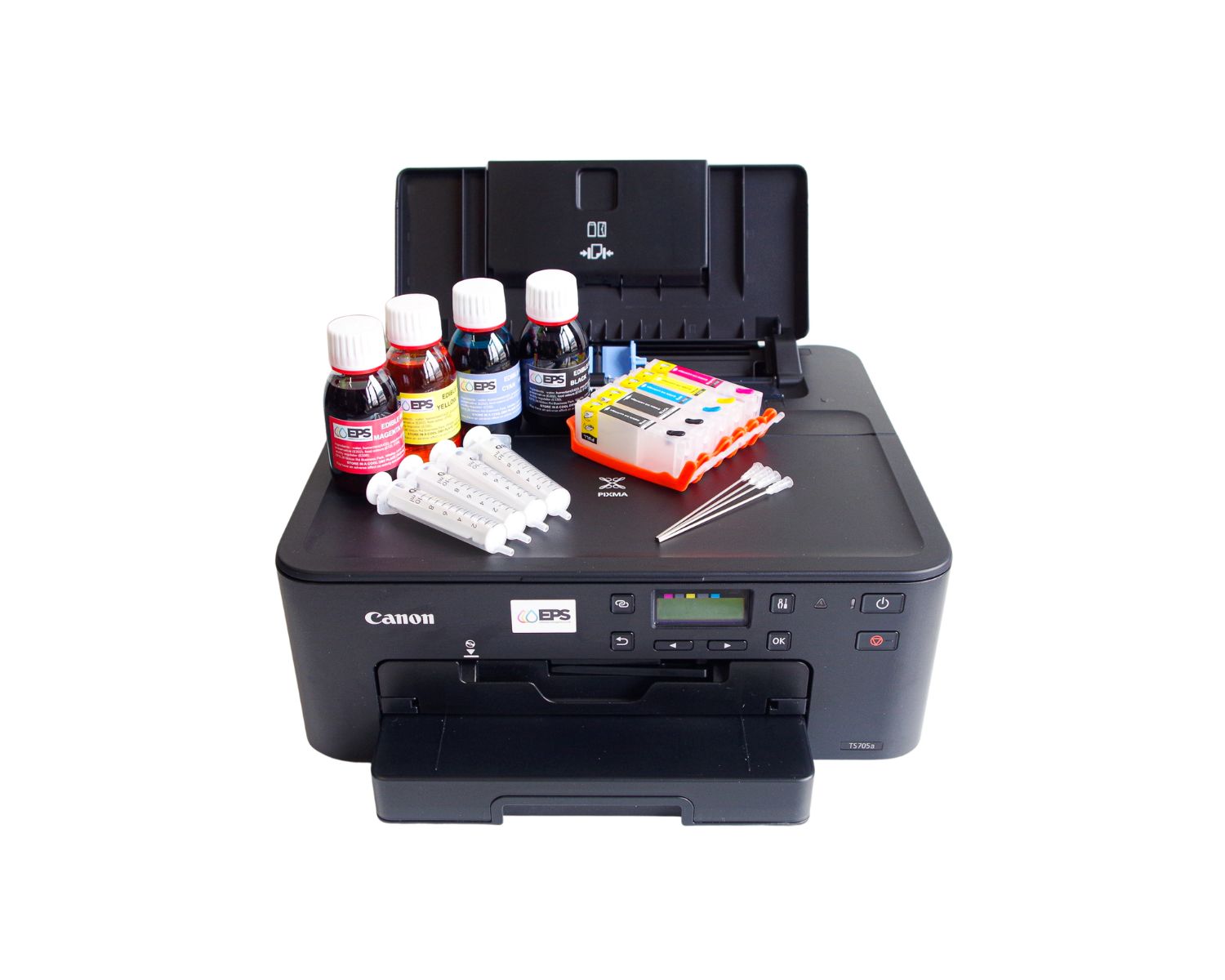
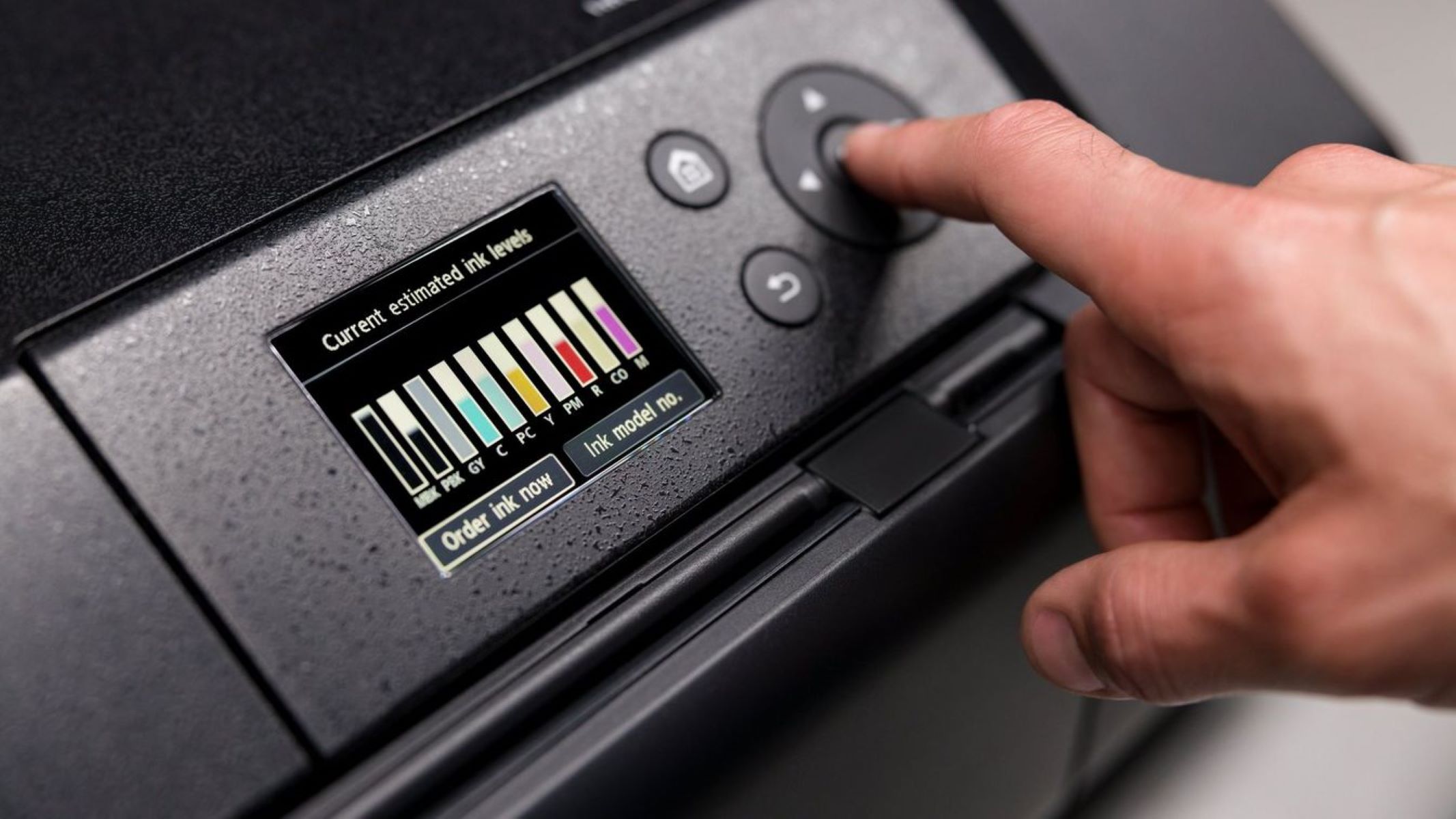
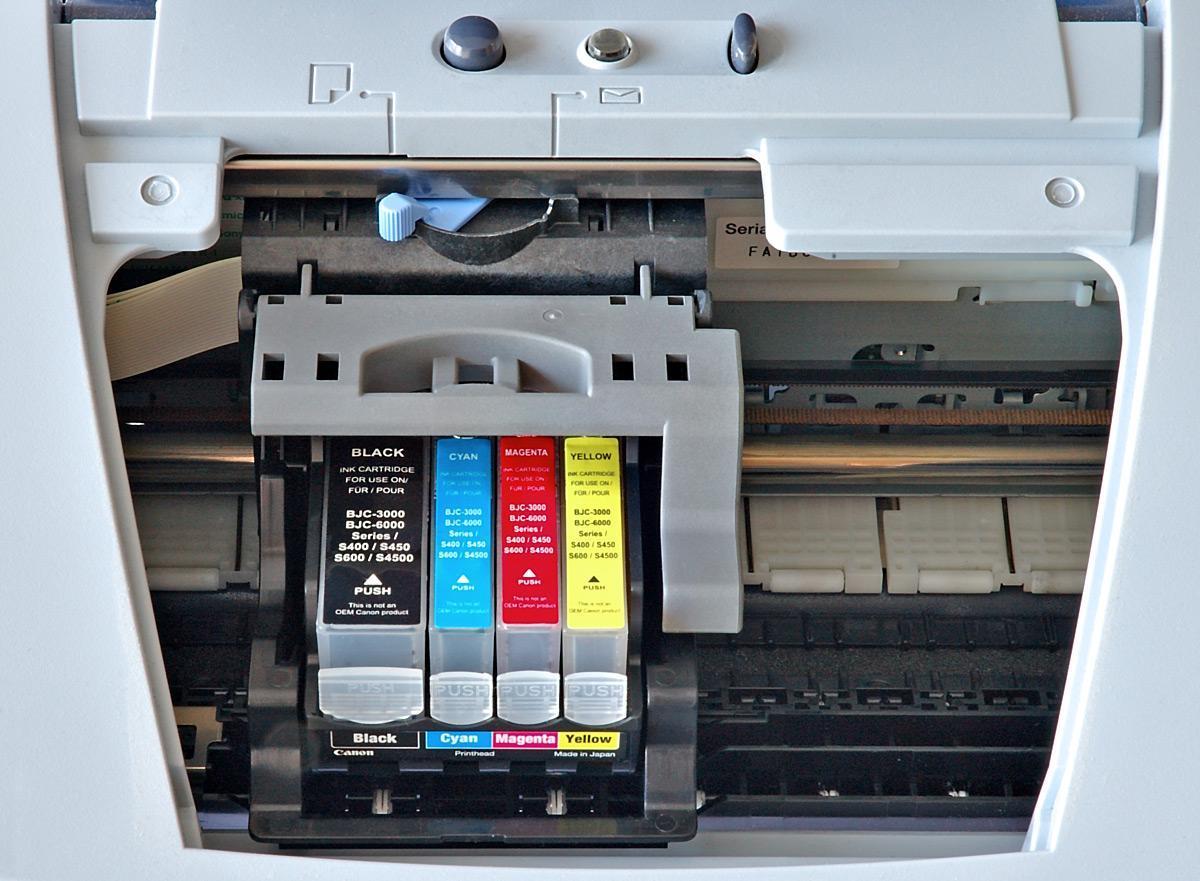
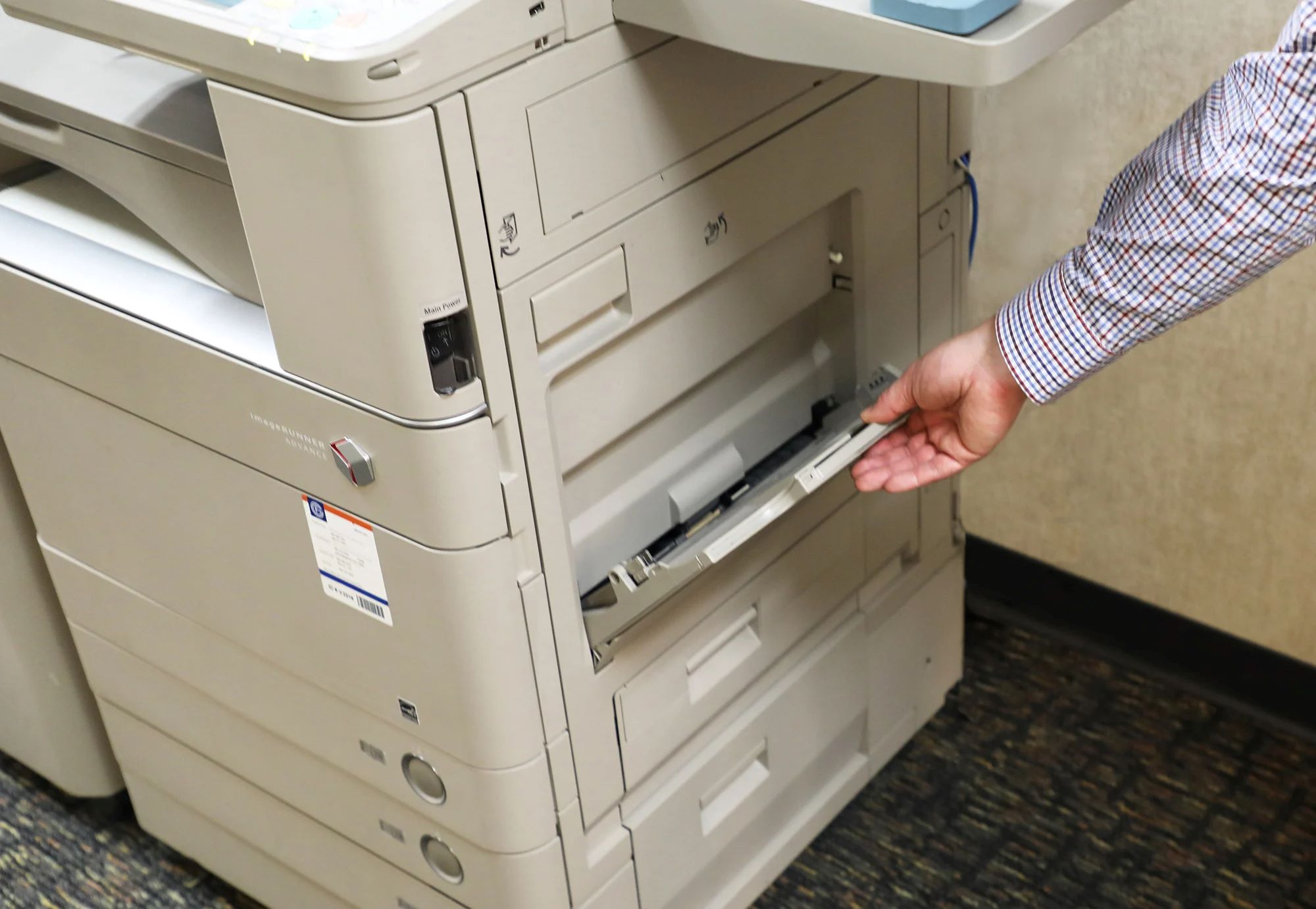
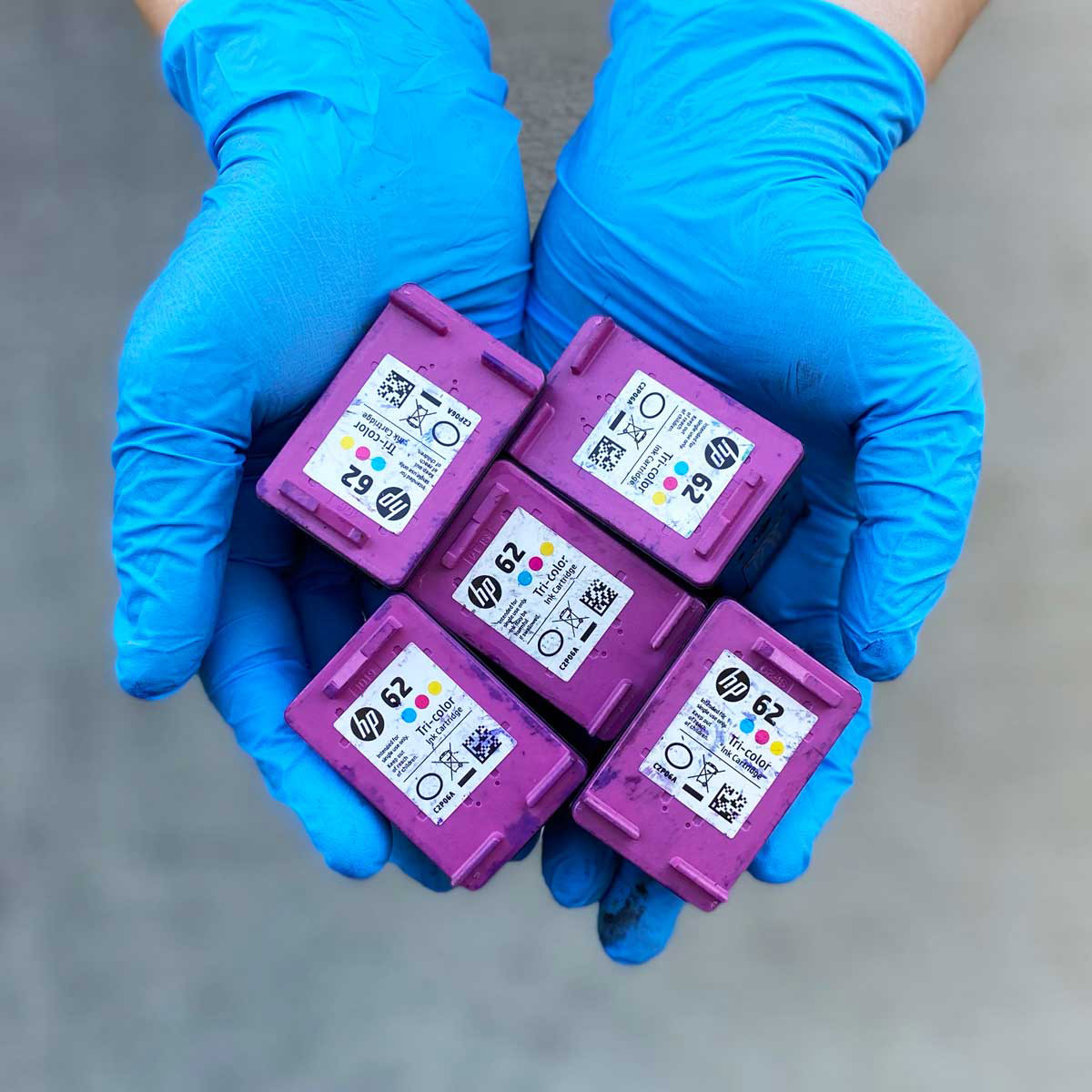
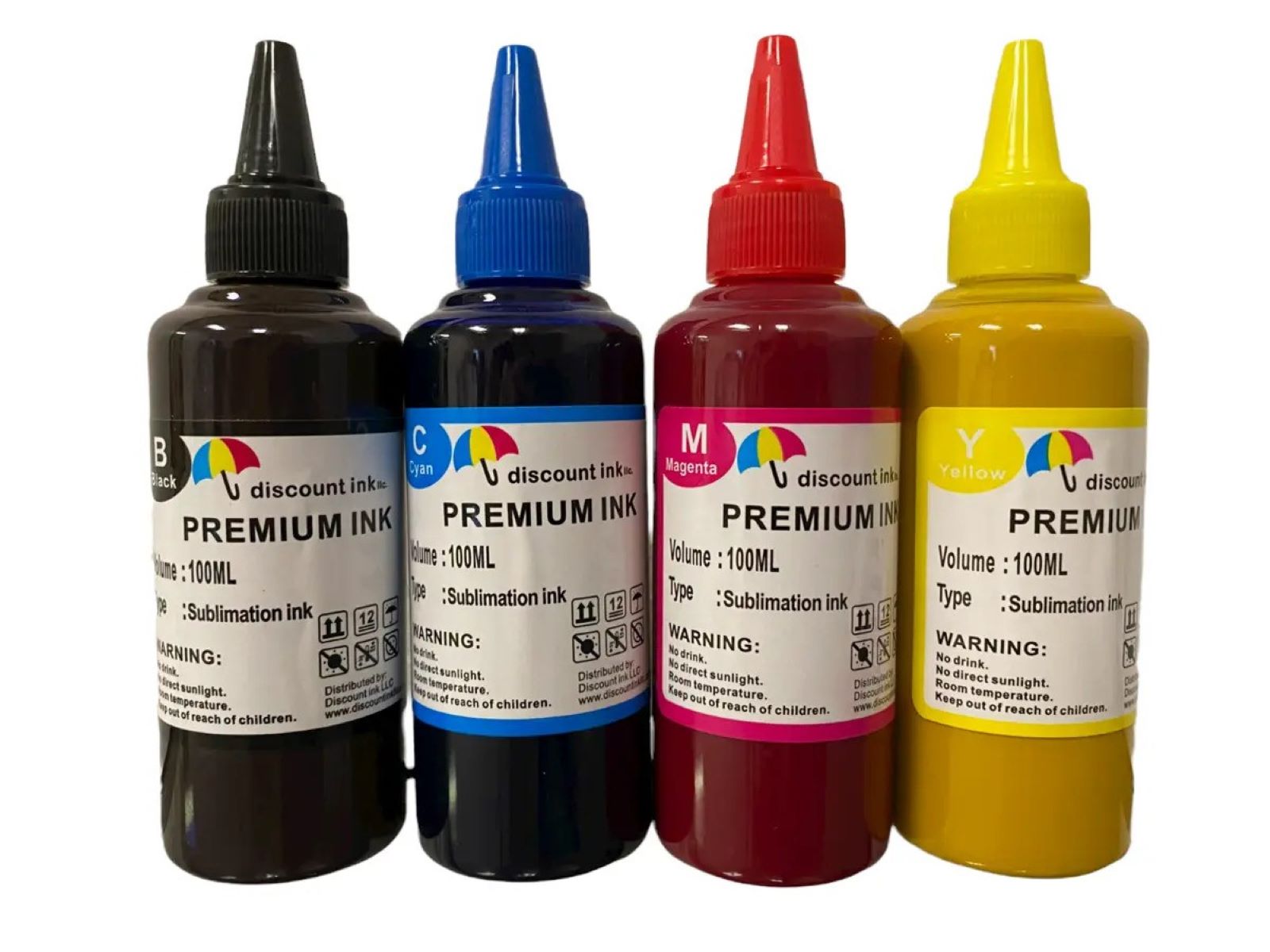
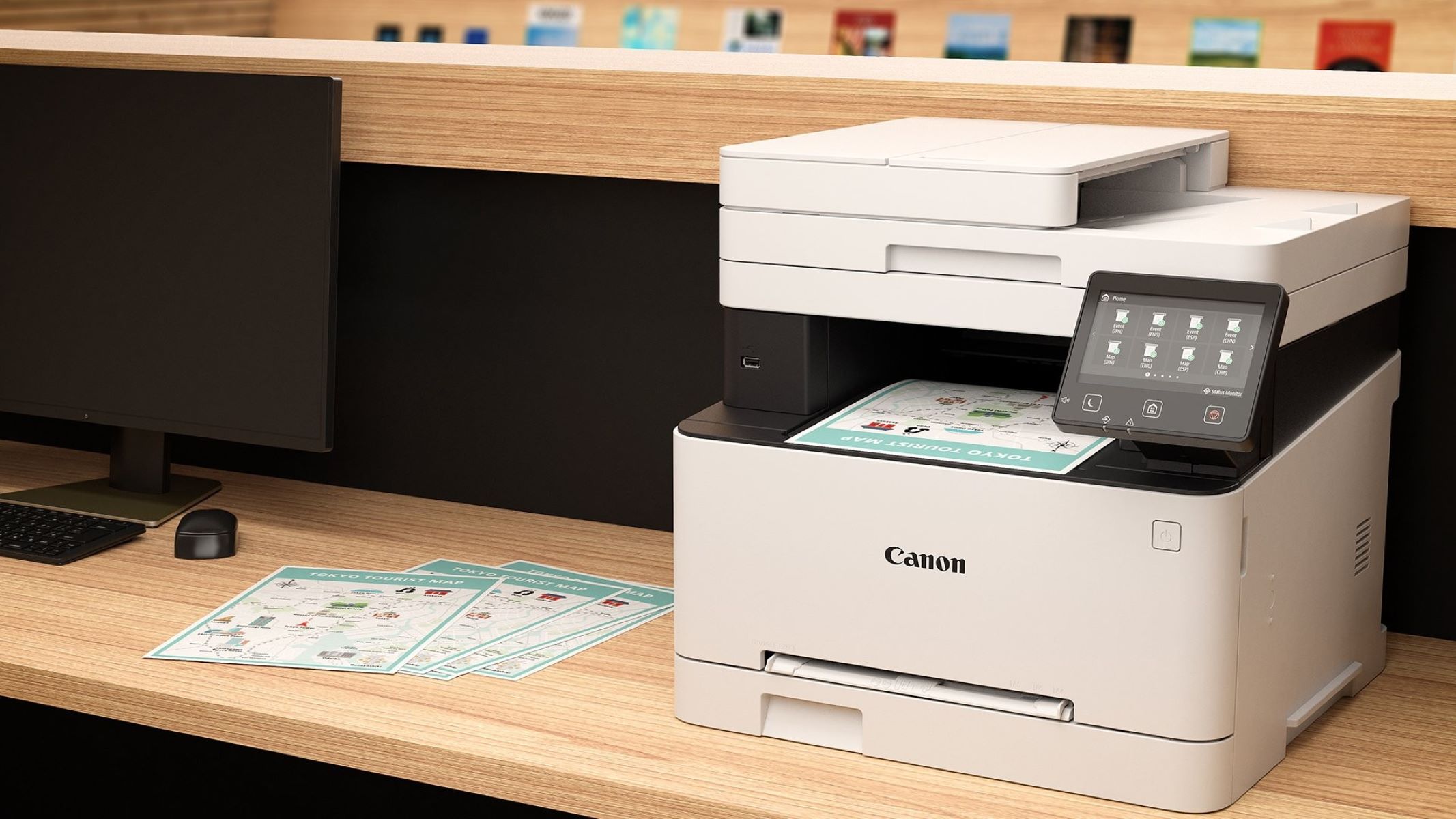

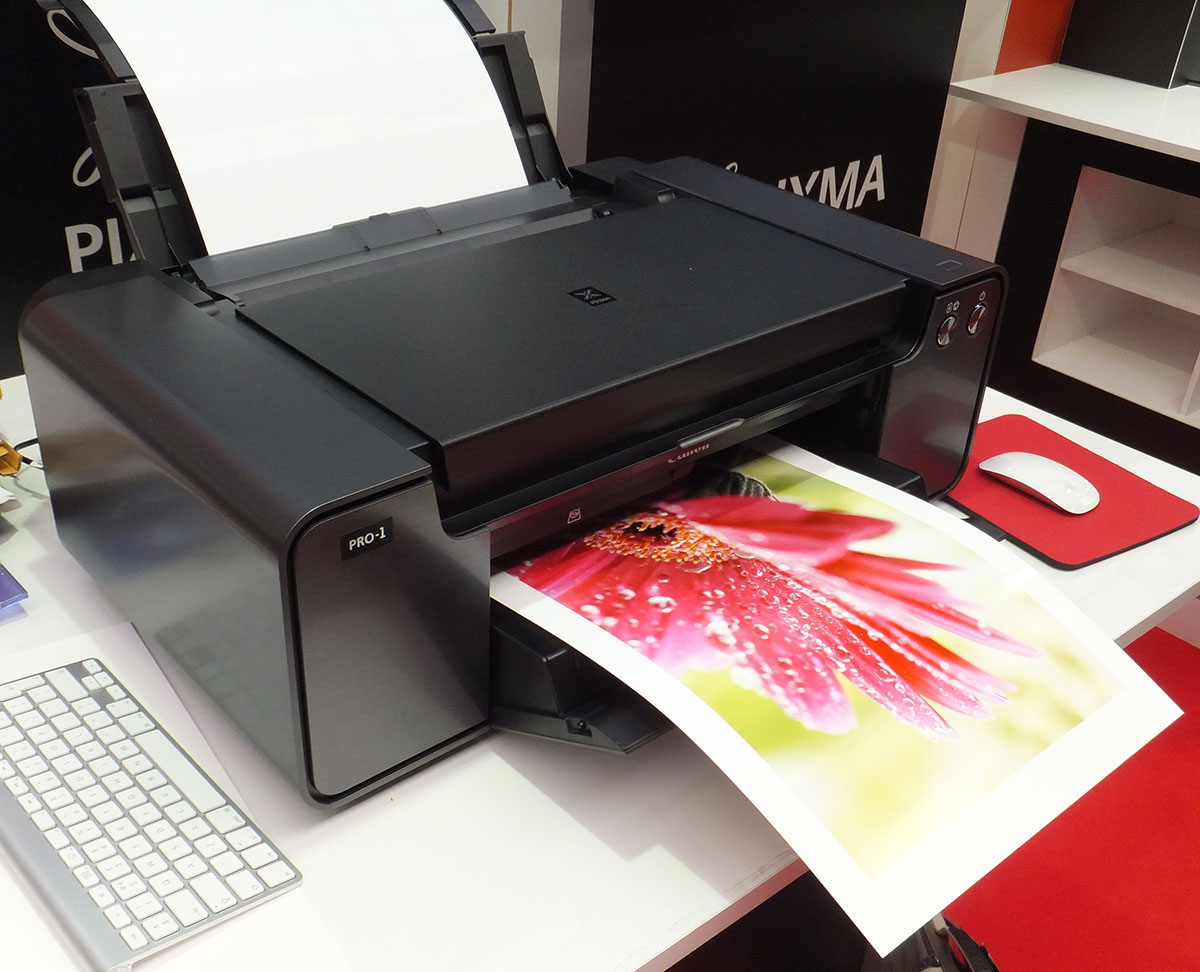
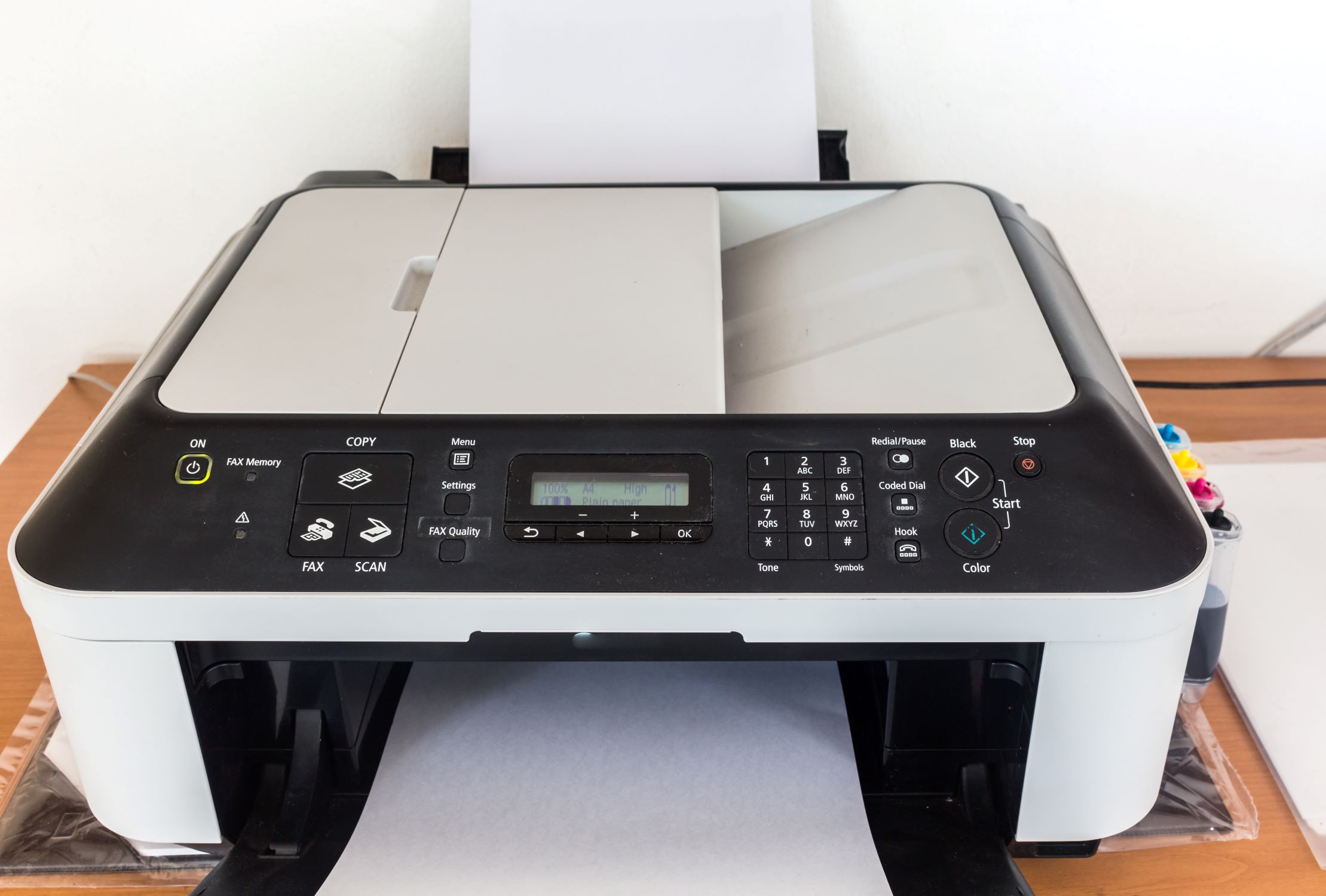
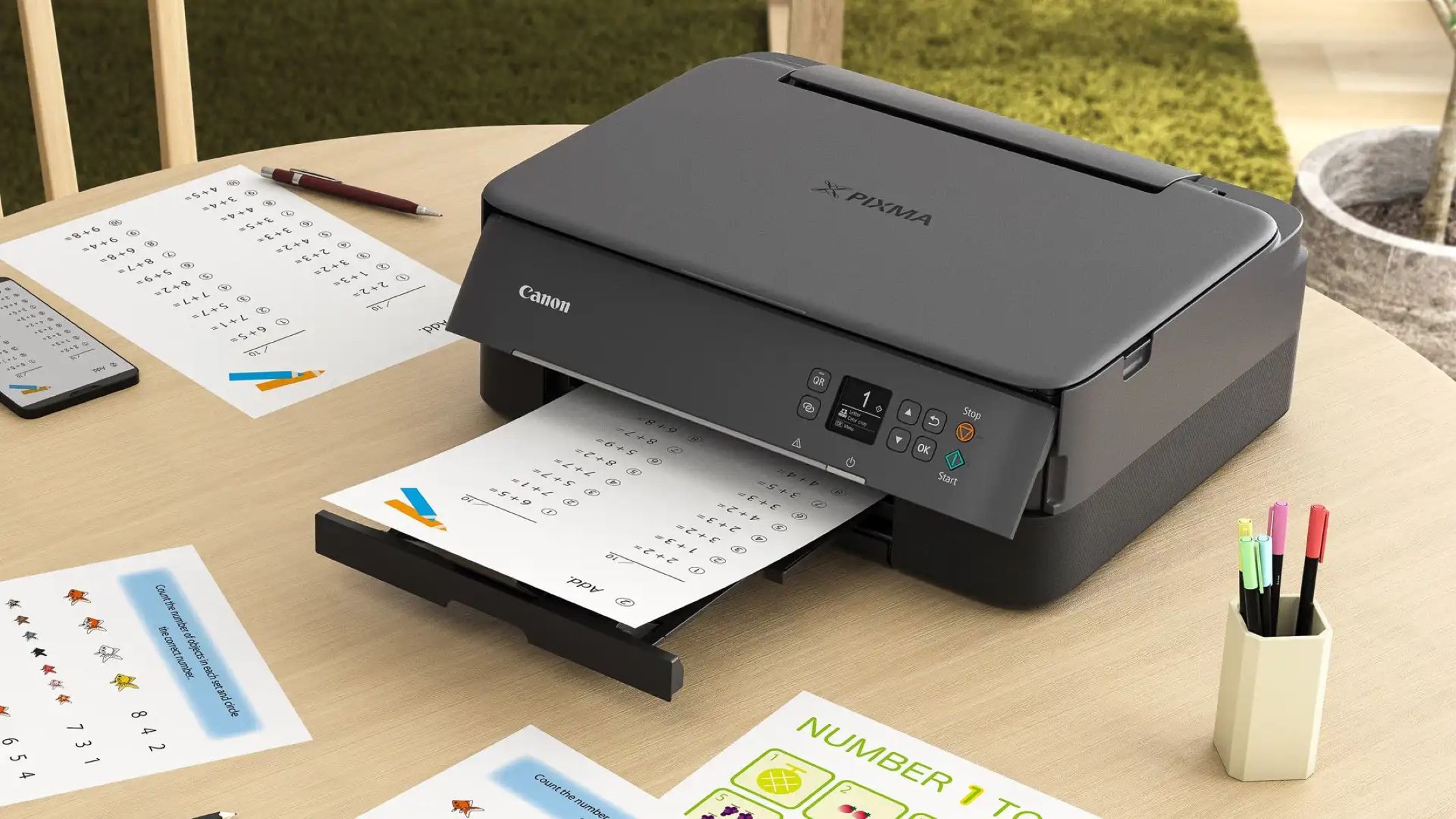
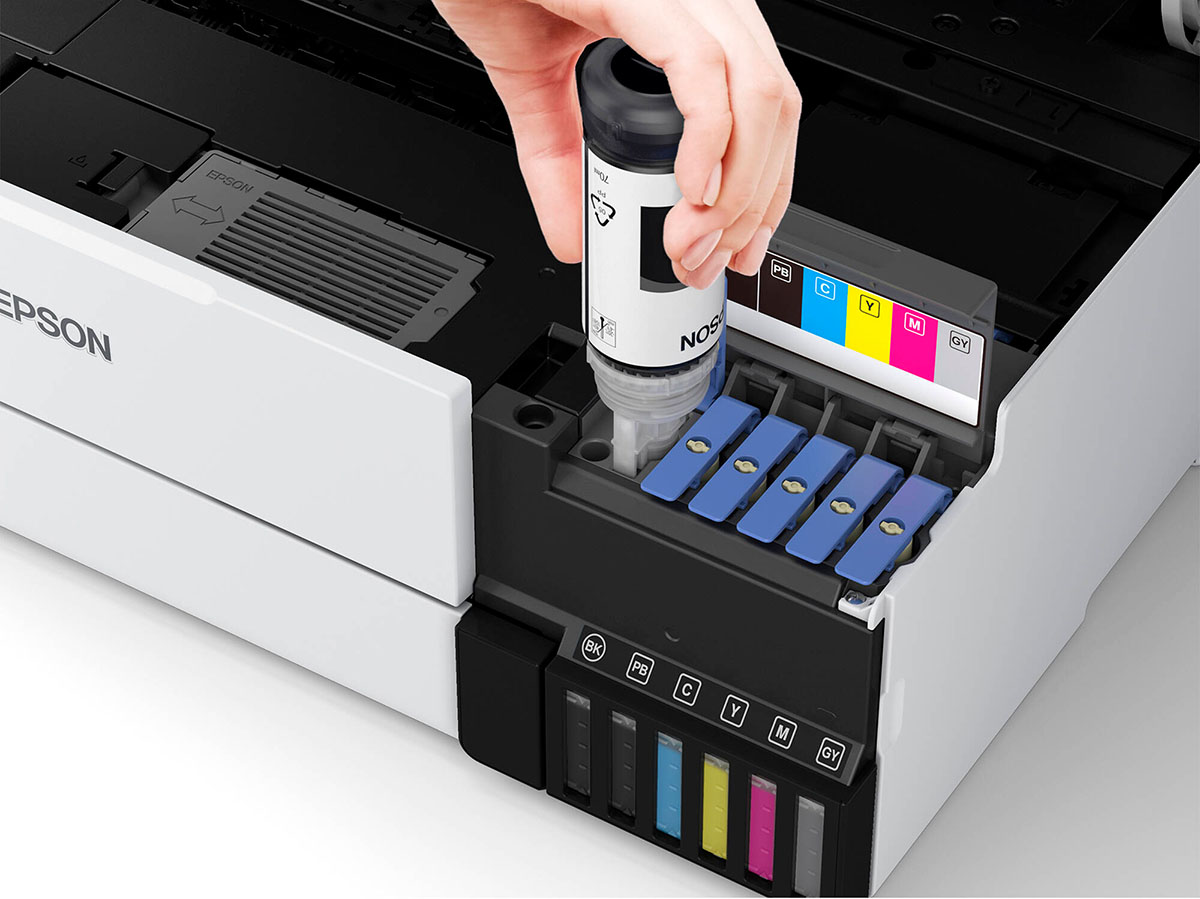

0 thoughts on “How To Bypass Low Ink On A Canon Printer”